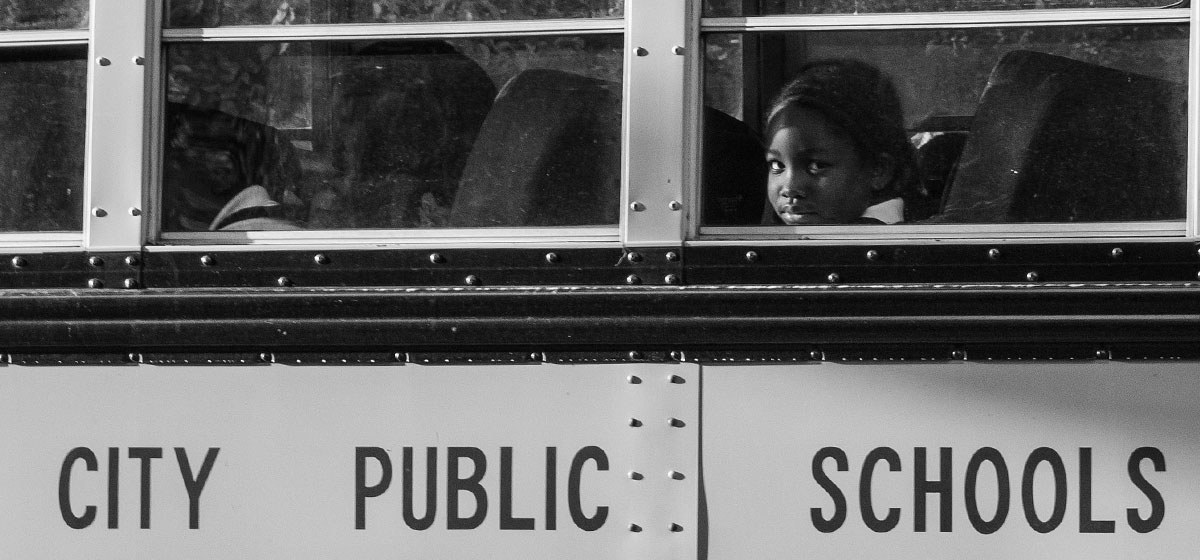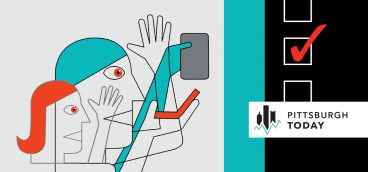Loose Change, Part VI

In my last few posts we looked at some of the more controversial “changes” in the international arena that seem to be demanded. Now we’ll turn to the domestic sector, beginning with education.
The controversy surrounding Betsy DeVos’s nomination as Education Secretary obscures a far more urgent issue: the state of American public education today, especially in our largest cities.
If a Martian—one who happened to be especially steeped in educational issues—landed in America and observed our public schools, he could be forgiven for suggesting that the trouble with education in America’s cities can be summed up in two words: teachers’ unions.
I don’t actually think we can blame the unions, although I know that many people do. Teachers’ unions are only doing what they’re supposed to do. On the positive side, they advocate for higher wages and better working conditions. On the negative side, they attempt to protect teachers from being exploited or scapegoated. And yet it has to be said that the unions represent a vast army defending the status quo in a world where the status quo is positively disgraceful.
I’ve been working on public education in my own city of Pittsburgh since I joined the Laurel Foundation back in 1979. Since then, staggering sums of money and vast amounts of human ingenuity and goodwill have been expended in an effort to improve our urban schools and to narrow the achievement gap between blacks and whites. And we’ve accomplished almost nothing.
A national advocacy group for urban public schools, the Council for Great City Schools, recently issued a 175-page report on Pittsburgh’s schools and it could hardly have been more damning. The report concluded that “The district has seen no meaningful improvement in student achievement across all student groups and no narrowing of achievement gaps in reading, math or science” over the past decade. In fact, any fair reading of the Council’s report suggests that the schools are worse now than they were in 2005. And I can positively assure you that the schools were worse in 2005 than they were in 1979.
For most of my life—indeed, for most of American history—America’s public schools were revered as the way almost all of us were able to move up in the world from wherever it was we started out. But, as I’ve discussed at length elsewhere in these pages, the public schools abandoned the public decades ago as the result of a well-intended but catastrophically wrongheaded attempt to integrate the schools. The precipitous decline in school quality since then has hurt millions of children, but it has been especially disastrous for African-American kids.
The first Coleman Report, mandated by the Civil Rights Act of 1964, found that 87 percent of white students in grade 12 scored ahead of the average black 12th grader. The most recent Coleman Report, published fifty years after the first report, shows that 81% of white students score ahead of their median black counterparts. As I remarked elsewhere in these pages, this is beyond appalling.
It’s not that there isn’t a huge amount of innovation happening in education in America. Silicon Valley is all over the issue, with a special focus on individualized instruction. The Broad Foundation, the Bill and Melinda Gates Foundation and many other organizations are transforming our understanding of how kids learn. In every private day and boarding school, educational innovation is happening so fast, it’s dizzying. It’s just that very little of this innovation is happening in the urban public schools, where it’s needed most.
The problem, again, is the teachers’ unions. Education is about teaching, and teaching is about teachers, and innovation poses a direct threat to teachers. It’s no different from the unions’ approaches to industrial innovation, where union resistance to innovation—especially technological innovation—essentially destroyed the union movement in the private sector. Mills that used to employ hundreds of low-skilled workers now employ hundreds of robots and a few dozen highly skilled workers.
If it happens to be the case that kids would learn better with fewer teachers and better methodology or technology, the unions aren’t going to let it happen. But the resistance to change goes far beyond these issues. If I really had to I could probably make up a list of several hundred promising innovations that have been proposed for the Pittsburgh primary and secondary schools since 1979, almost every one of which was undermined or outright blocked by the unions.
Many of these reforms were backed by major financial support from foundations, corporations and private individuals. It didn’t matter. The only kinds of innovation that are allowed in the schools are those that don’t require teachers to do anything different. E.g., Pittsburgh’s famous “Pittsburgh Promise,” a terrific program that has awarded college scholarships to more than 7,000 kids. But the Promise requires nothing of teachers.
Once urban public education abandoned the public, the public abandoned the urban schools. We moved our kids to suburban schools, boarding schools, private day schools, parochial schools, home schools, Montessori schools and charter schools. As a result, the student population in almost every large American city’s public schools has been dropping for decades.
Given the dissension over DeVos, you could be forgiven for thinking that the last of these—charter schools—is some sort of fringe idea fomented by rightwing nut cases. In fact, when black parents are given the opportunity to choose between public and charter schools, they overwhelmingly choose the latter.
New Orleans, post-Katrina, had to redesign its school system from the bottom up and therefore served as a kind of natural controlled trial on public-versus-charter. The results are in and they are resounding: over 90 percent of urban kids in New Orleans are attending charter schools. Large majorities or pluralities of kids are also attending charter schools in cities like Detroit, Los Angeles, Washington, DC, Kansas City, Philadelphia and so on. It’s only a slight exaggeration to say that it’s the urban public schools that are in danger of becoming a fringe idea.
Is the team of Trump and DeVos the one that will introduce badly needed “change” in urban education in America? I have no idea, but it’s high time someone did.
Next up: Loose Change, Part VII





